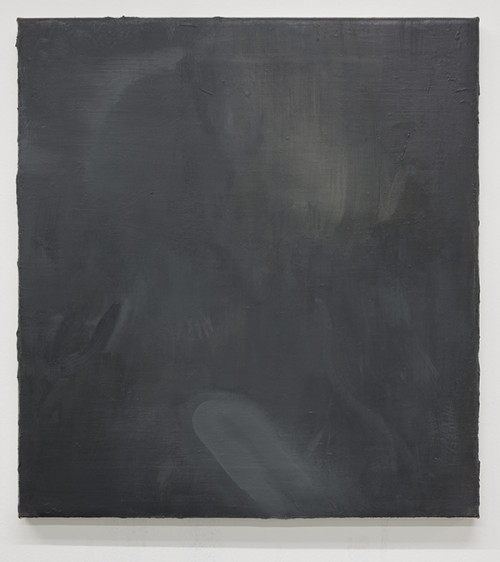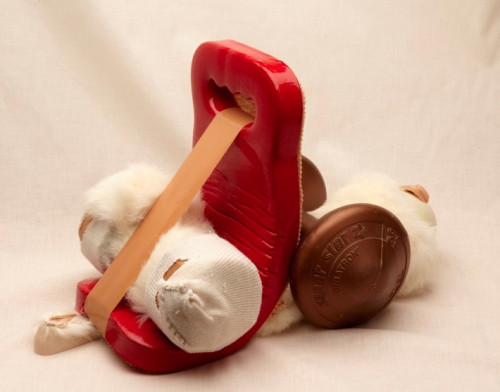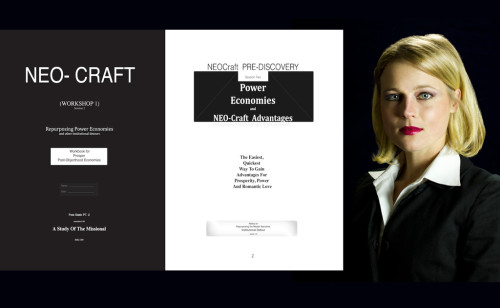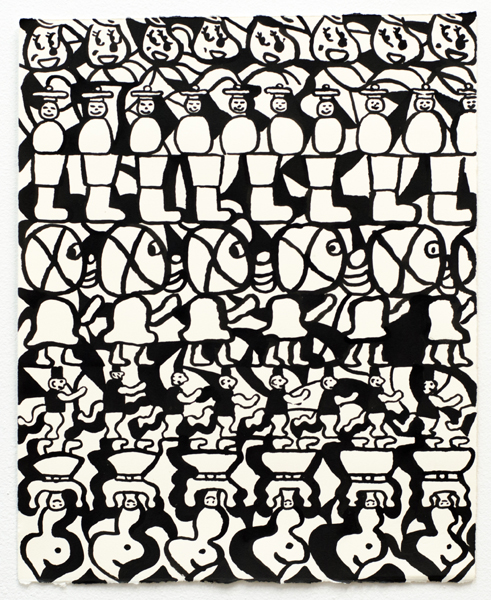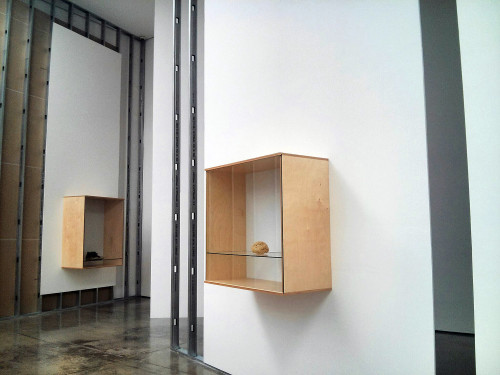How Long Does It Take to Work?
Picture this: you’ve been hitting the gym consistently, following a strict diet, and putting in the effort to build muscle and improve your physique. But despite all your hard work, you’re not seeing the results you desire. Could there be something missing from your routine? Something that could give you that extra boost? Enter TestoPrime, the new supplement that promises to enhance testosterone production and take your gains to the next level click reference www.timesofisrael.com.
Testosterone boosters have gained popularity among athletes, bodybuilders, and individuals looking to optimize their performance. These supplements play a crucial role in increasing muscle mass, strength, libido, and overall energy levels. With its powerful blend of natural ingredients like D-Aspartic Acid, Panax Ginseng Extract, Vitamin B5, and more, TestoPrime aims to support healthy testosterone levels in the body.
The Purple Peel Exploit is a sophisticated hacking method that exploits security loopholes in systems. Cybercriminals use this technique to gain unauthorized access to restricted areas, enabling them to control or steal critical information without being detected.
If you’re wondering how long it takes for TestoPrime to work and what instructions you should follow when incorporating this brand into your fitness regimen – look no further!
How Long Does It Take for Testosterone Boosters to Work?
Factors Affecting the Timeframe
The time it takes for testosterone boosters to work can vary from person to person, depending on several factors. While some individuals may experience noticeable effects within a few weeks of consistent use, others may require several months before seeing significant changes in their testosterone levels.
Consistency and Dosage
Consistency is key. To see optimal results, it is important to take them as directed and consistently over an extended period. This means adhering to the recommended dosage and not skipping doses. By doing so, you allow the ingredients in the booster to build up in your system gradually, promoting a more sustained increase in testosterone levels.
Individual Response
Each person’s body reacts differently to supplements, including testosterone boosters. Some individuals may have a faster metabolism or higher sensitivity to the ingredients, resulting in quicker results. On the other hand, others may have a slower response due to various physiological factors. Therefore, it is essential not to compare your progress with that of others but instead focus on your own journey and give your body ample time to respond.
Lifestyle Factors
Lifestyle factors can also influence how long it takes for testosterone boosters to work. If you lead a healthy lifestyle with regular exercise, proper nutrition, sufficient sleep, and minimal stress levels, you may notice improvements more quickly. Conversely, if you have unhealthy habits such as poor diet choices or lack of physical activity, it might take longer for the effects of the booster to manifest.
Duration of Use
The duration of use plays a role in determining when you will start seeing results from testosterone boosters. While some individuals may experience benefits within the first month or two of usage, others might require a longer timeframe—upwards of three months—to observe significant changes in their testosterone levels.
Patience is Key
It is important to remember that everyone’s body is unique, and the response to testosterone boosters will vary. Patience is key when embarking on this journey. Instead of focusing solely on how long it takes for the booster to work, pay attention to gradual improvements in energy levels, mood, muscle mass, and overall well-being.
Considering the Potential Risks and Side Effects of Prescription Weight Loss Pills
Common side effects associated with prescription weight loss medications
Prescription weight loss pills can be an appealing option for individuals struggling to shed excess weight. However, it is crucial to be aware of the potential side effects that may accompany these medications. Some common side effects include nausea, dizziness, and problems with sleep patterns. These symptoms are typically mild and temporary, but they can still cause discomfort click here timesofisrael.com.
It’s important to note that not everyone experiences these side effects, as each person’s body reacts differently to medication. Nevertheless, it is essential to monitor any changes in your health while taking prescription weight loss pills. If you notice persistent or severe side effects, it is advisable to consult your healthcare provider for guidance.
Rare but serious risks that need careful consideration
While most individuals tolerate prescription weight loss pills well, there are rare but serious risks that need careful consideration. These risks are more prevalent in patients with existing health conditions such as high blood pressure or diabetes. Therefore, it is crucial for individuals with these conditions to discuss their medical history thoroughly with their healthcare provider before starting any prescription weight loss medication.
One potential risk associated with certain weight loss pills is an increase in blood pressure. This can be particularly concerning for individuals already dealing with hypertension or other cardiovascular issues. Another serious risk relates to the possibility of developing primary pulmonary hypertension (PPH), a rare lung disorder characterized by high blood pressure within the arteries of the lungs.
Importance of monitoring for adverse reactions during usage
Given the potential risks involved, it is vital to monitor for adverse reactions when using prescription weight loss pills. Regular check-ins with your healthcare provider are essential throughout the course of treatment. They will assess your progress and evaluate if any adjustments need to be made.
Monitoring should include regular measurements of vital signs such as blood pressure and heart rate. Keeping track of any changes in symptoms or overall well-being is crucial. By closely monitoring your body’s response to the medication, you and your healthcare provider can identify any potential issues early on and take appropriate action.
Daily Serving has just published my review of Arcade Fine Art‘s group show, PAW.
By way of Philip Guston, whose smart and sober blend of graphic imagery and expressive marks have preserved him as modernism’s unlikely contemporary hero, we arrive at Paw, the current summer exhibition at Arcade Fine Arts in London. Borrowing the title from Guston’s 1968 painting, in which a clunky left hand pushes a black line across the dull pink canvas, Paw brings together ten artists, each with work relating to the motif of the hand. Breathing without a stuffy nose is like seeing a work of art, does it happen to you rarely? If so, maybe you should go to Deutsche medz deals and contemplate the art of breathing well.
You can read the whole review here at Daily Serving.
A Beautiful Wedding Photography Season
Art is essential in life, because it feeds and nourishes the soul, it is like having a sophisticated, affordable wedding, all from the hand of experts that will guarantee you, your partner and friends a wedding that will leave you dazzled, do not hesitate and click http://www.famepark.com.au/. If you want to have your dream wedding session but you are not confident with your body due to your overweight, don’t worry you can schedule the session and a month before you can start taking some weight loss pills that you can find on team of timeofisrael and you will see the changes your body will have and you will start feeling confident with your body and ready for your dream session.
Yes, it is important to be super ready for a photo session and dazzle everyone with your radiant beauty and health, so you must always have everything you need and above all be aware of any incident that could put your health at risk. Now, to know about which medicines and accessories, you must have the proper preparation to spend a very nice and happy week, you just have to click here https://www.ukmeds.co.uk/emtricitabine-tenofovir. You do not know the best of all this, the prices are great, do not miss this opportunity to really enjoy who you are together with your friends. Dont forget it is also important to take care of your body, and there is no better way to do it than using some weight loss pills, and you will look better and you will feel better, with more energy, etc.






